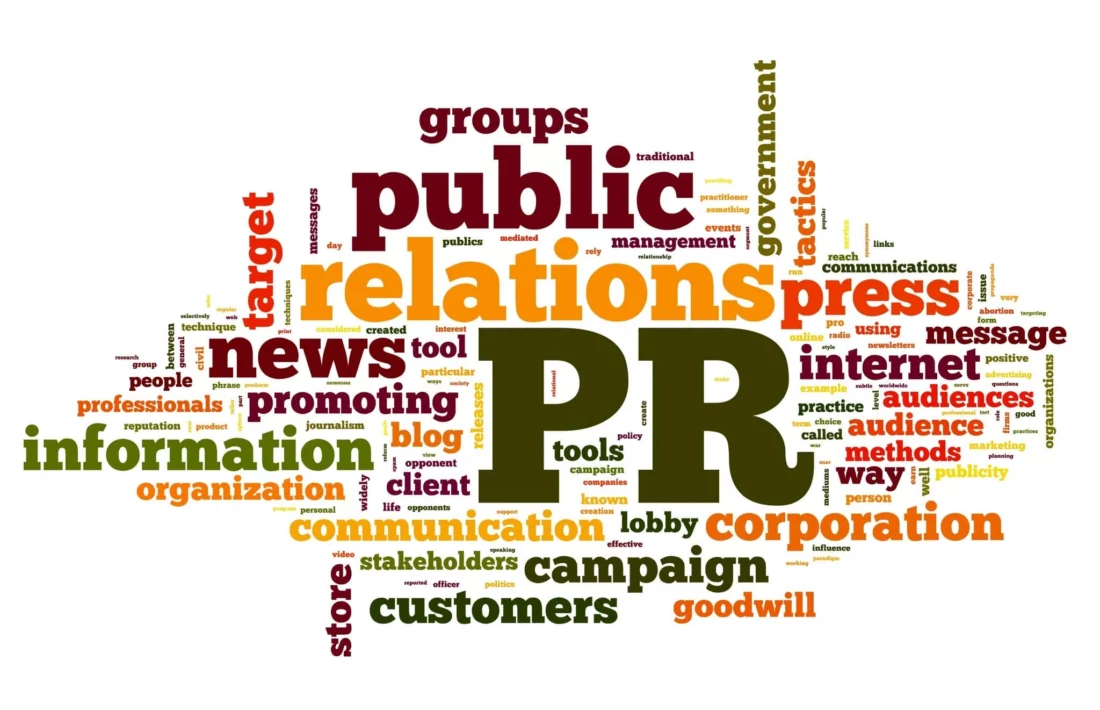You’ve got a whiz-bang product that will shake up the market. You’ve got a new round of funding to keep the lights on and the company growing. You’ve got a great executive team and talented employees. Now all you need is to establish the brand’s credibility and get the attention of key influencers and potential customers.
Simple, right?
The hard truth is that even the best products in the world can’t sell themselves. You might be surprised to learn that some well-known “overnight successes” had months–or even years–of start-up PR and marketing before the brand exploded and the owners turned a profit. Heck, the Beatles played for seven years before they made it big in America (and lasted only five years after that).
Public relations–getting the word out about your product and company–is an essential part of a tech startup’s growth strategy. While PR commonly entails working with the news media to generate positive coverage, it can also shape your marketing strategy, enhance social media promotion and refine inbound content campaigns.
Here are the six basic steps for tech startup PR:
1. Include PR as part of your overall strategic marketing plan. PR is not a separate function from marketing or even sales. It belongs at the table when you’re developing your go-to-market strategy. A PR advisor can help evaluate the competition, define your buyer personas, develop your social-media strategy and content calendar, refine your message and identify key influencers and top journalists. A successfully integrated PR and marketing strategy will bring awareness, customers and revenue to your company.
2. Craft an elevator pitch. Create a single sentence to describe your product, why it’s amazing and how it’s superior to the competition. Also called a “value proposition,” this is the message your PR team will use to pitch to journalists and key influencers. Your pitch should focus on a problem your product is designed to solve, and its benefits–not the product itself.
Start by asking some basic questions. Why would a person or business want what you’re selling? How will it make their life better? Spend some time with this. Be brief. It took the apostle John only one sentence and 25 words to describe Christianity in the Bible (John 3:16). If describing your product is more complicated than summarizing a text with 783,137 words, you’ve got a problem.
3. Tell a great story. The product or service you’re selling is only part of the story. The people behind your company can also be a story worth telling, and one reporters will want to know. Apple had Steve Jobs, Facebook has Zuckerberg, Tesla has Elon Musk. Develop a personal narrative of your CEO and how your company came to be. Be open, transparent and put a human face on your business. Customers need to feel comfortable with a company and relate to its values before they decide to purchase its product.
4. Build relationships and trust. Many start-up tech companies make the mistake of spamming busy reporters and bloggers with email and press releases, and then bug them with follow-up phone calls. And often, the reporters aren’t even interested in the product and don’t cover the appropriate industry.
Be smart. Do your research. Identify the top writers covering your industry and market. Become familiar with their work. Reach out to them and develop some trust (or hire a PR firm who has these relationships). Become a valued source. Offer them tips and insights even if they don’t involve your company or product. Building rapport with a reporter by sharing your genuine enthusiasm for a piece they wrote–even one that doesn’t involve your company–works wonders. Relationship building takes time, but it pays off in the long run.
5. Don’t just reach out to the media, BE the media. Inbound PR and marketing is a cost-effective way of attracting the attention of the news media and new customers. Instead of pushing out press releases, email pitches and phone calls, publish your own story on your blog, social media channels, in videos and e-books. Give your customers and clients useful information and the benefit of your expertise. Know and use your buyer persona’s keywords so when journalists in your field are searching the web for stories and ideas, your company will show up high on the search results. Build your blog and they will come.
6. Remember: it’s a marathon, not a sprint. Getting publicity and building awareness that helps establish your brand takes time. Be patient, stick to the plan, make adjustments when needed and be prepared for gradual, not explosive, results.
Starting with these six steps will up your PR game and give your business direction–successfully executing any one of them is something to take pride in. But, if you’re looking for more in-depth insight, download our guide to the strategic elements that maximize any PR strategy.


Why Cutting PR in Tough Times is a Costly Mistake (And What to Do Instead)